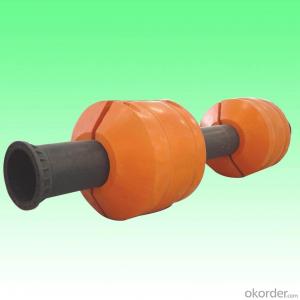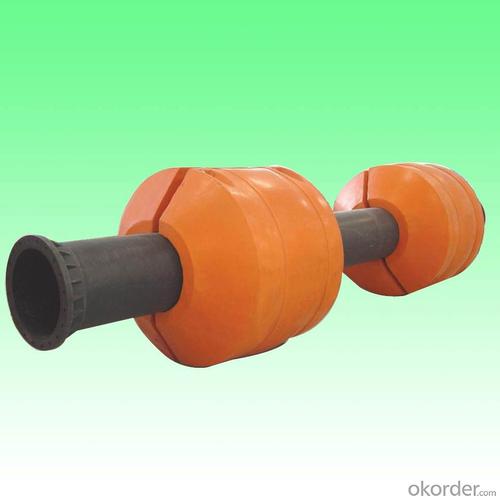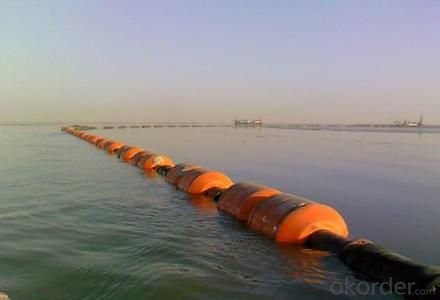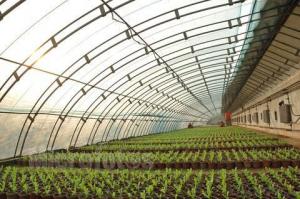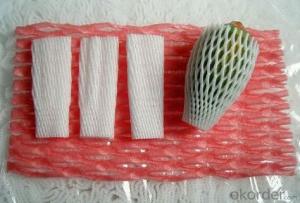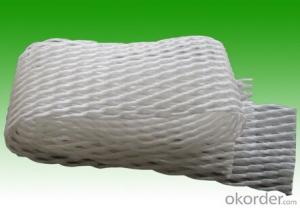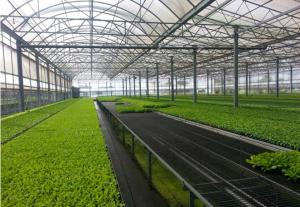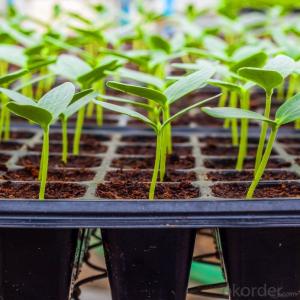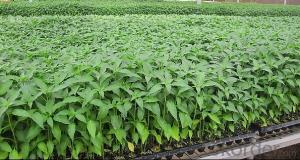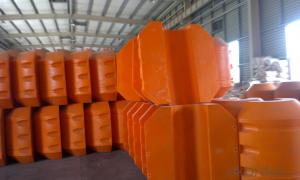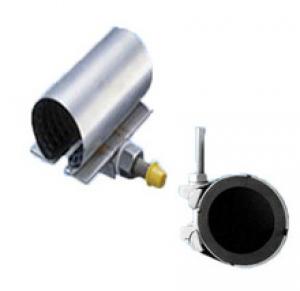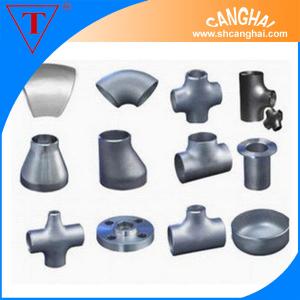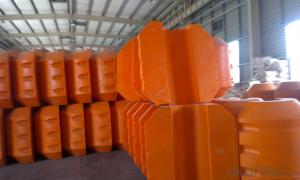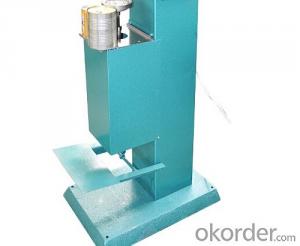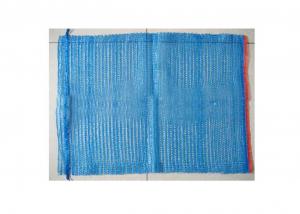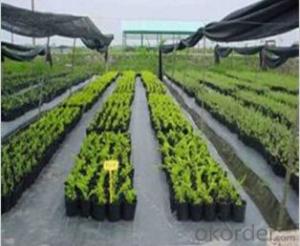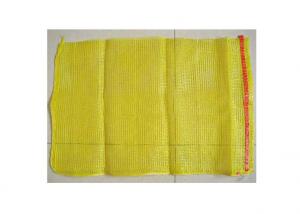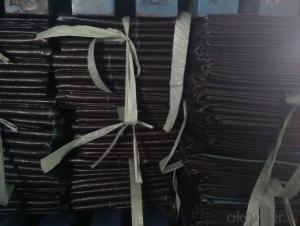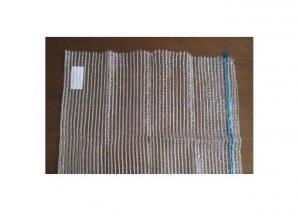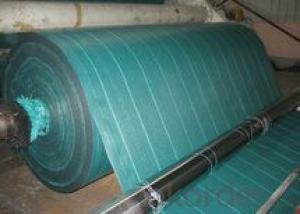pipe floater/pipe floater/pipe floater/pipe floater
- Loading Port:
- Qingdao
- Payment Terms:
- TT OR LC
- Min Order Qty:
- 100 set
- Supply Capability:
- 500 set/month
OKorder Service Pledge
OKorder Financial Service
You Might Also Like
pipe floater/pipe floater/pipe floater/pipe floater
GENERRAL FEATERS OF Floater or floats pipe/piping as follows.
1. For sand dredging
2. For mud dredging
3. For sea water dredging
4. Good floating
5. Buoyancy is better
FLOATER for HDPE/UHMWPE sand dredging pipe:
TECHNICAL LITERATURE OF PIPE FLOATER
Structure of Floater for Dredging Pipe
No. | Structure Name | Material |
1 | Polyethylene Hull | Polyethylene |
2 | Hard Polyurethane Foam | Closed-cell Polyureshane |
3 | Steel Bolts & Nuts | Metal |
1. Tolerance:
Length: 1.5%, Diameter: ±1%, Thickness: ±1mm, Weight: ±2%
2. Appearance must be smooth and homogeneous, bright color, the diameter of burned dots must be under 100mm.
Main Technical Properties
Item | Technical Index of Hull | Item | Inside Technical Index |
Tensile Strength | ≥13.1MPa | Water Absorption | 1-2g/100cm2 |
Bteak Elingation | ≥11.1% | Breaking Strength | 0.08-0.1MPa |
Impact Strength | ≥32.4KJ/m2 | Breaking Elingation | 4-6% |
Bending Strength | ≥15.7 MPa | Compressive Strength | 0.1-0.24MPa |
Weather Resistance ≥ 3.5GJ/m2 After tital aging energy≥3.5GJ/m2 | Break Elingation %≥ | 10 | |
200°Cmm≥ Oxidative Induction Time 200°Cmm≥ | 10 | ||
Specification:
| Dredging Floater Specification Table | ||||||
| Pipe OD (mm) | Floater ID (mm) | Floater OD (mm) | Floater Length (mm) | Wall Thickness (mm) | Net Buoyancy (kg) | Weight (kg) |
| 50 | 60 | 300 | 500 | 7 | 80 | 10 |
| 159 | 220 | 500 | 800 | 7 | 200 | 16 |
| 205 | 220 | 500 | 800 | 7 | 200 | 16 |
| 219 | 220 | 500 | 800 | 7 | 200 | 16 |
| 273 | 300 | 700 | 1200 | 7 | 420 | 43 |
| 300 | 300 | 700 | 1200 | 7 | 420 | 43 |
| 325 | 375 | 1100 | 1100 | 7 | 920 | 72 |
| 350 | 375 | 1100 | 1100 | 7 | 920 | 72 |
| 400 | 414 | 1100 | 1200 | 8 | 1020 | 76 |
| 426 | 430 | 1200 | 1200 | 8 | 1200 | 93 |
| 450 | 480 | 1300 | 1300 | 8 | 1500 | 116 |
| 500 | 580 | 1400 | 1500 | 9 | 2219 | 170 |
| 536 | 580 | 1400 | 1500 | 9 | 2219 | 170 |
| 600 | 630 | 1400 | 1700 | 11 | 2400 | 182 |
| 630 | 630 | 1400 | 1700 | 11 | 2400 | 182 |
| 650 | 680 | 1480 | 1800 | 11.5 | 2930 | 210 |
| 700 | 730 | 1600 | 1900 | 12 | 3593 | 230 |
| 750 | 780 | 1600 | 2000 | 13 | 3800 | 245 |
| 800 | 830 | 1800 | 2000 | 14 | 4800 | 310 |
| 850 | 880 | 1800 | 2200 | 15 | 5140 | 380 |
| 900 | 940 | 2200 | 2500 | 16 | 8180 | 420 |
- Q: What are the environmental regulations concerning the manufacturing of agricultural plastic products?
- <p>Yes, there are environmental regulations related to the production of agricultural plastic products. These regulations vary by country but often include requirements for the use of biodegradable materials, restrictions on certain harmful chemicals, and guidelines for waste management and recycling. For instance, the European Union has regulations on single-use plastics and encourages the use of eco-friendly alternatives. In the United States, the Environmental Protection Agency (EPA) sets standards for the disposal of plastic waste and promotes recycling initiatives. Compliance with these regulations is crucial to minimize the environmental impact of plastic products used in agriculture.</p>
- Q: How to handle packing bags?
- A variety of plastic packaging materials processing methods should be based on different packaging forms and quality, as well as the nature of plastic packaging materials targeted. The general principle is that it can not cause two pollution in the process of recycling and the most efficient recycling of resources and energy. Therefore, the waste plastic packaging materials to form a set of comprehensive recovery complete governance model, taking effective comprehensive measures, so that waste plastic packaging materials can be fully recycled, to reduce "white pollution on the environment caused by the" burden, promote the development of circular economy.
- Q: Are nursery trays suitable for hydroponic systems?
- Yes, nursery trays can be suitable for hydroponic systems. Nursery trays are often used to start seeds or propagate plants, and they can also be used in hydroponics to hold growing media such as Rockwool or coco coir. However, it's important to ensure that the trays are compatible with the specific needs and requirements of the hydroponic setup, such as proper drainage and the ability to hold the desired amount of nutrient solution.
- Q: Can nursery trays be used for seedling hardening off?
- Yes, nursery trays can be used for seedling hardening off. Nursery trays provide a convenient and organized way to hold and transport seedlings during the hardening off process. They can be filled with soil or a growing medium and placed outdoors for gradual exposure to outdoor conditions, preparing the seedlings for transplanting into their permanent location.
- Q: This question asks about the methods farmers employ to enhance soil quality using agricultural plastic mulch.
- <p>Farmers use agricultural plastic mulch to improve soil quality in several ways. Firstly, it helps to retain soil moisture by reducing evaporation, which is crucial for plant growth, especially in arid regions. Secondly, mulch can increase soil temperature, which can lead to faster germination and earlier harvests. It also suppresses weed growth, reducing competition for nutrients and water. Additionally, plastic mulch can improve soil structure by preventing compaction and encouraging the activity of earthworms and other beneficial organisms. Lastly, it can reduce soil erosion by protecting the soil surface from wind and water. Overall, the use of plastic mulch can lead to increased crop yields and improved soil health.</p>
- Q: How do agricultural plastic products help with pollination?
- Agricultural plastic products, such as bee hives or tunnels, can help with pollination by providing a controlled environment for pollinators, like bees, to thrive. These products can attract and house pollinators, ensuring their presence during the flowering season and increasing the chances of successful pollination.
- Q: Do nursery trays come with a humidity control dome?
- Some nursery trays may come with a humidity control dome, but it depends on the specific product and manufacturer. It is important to check the product description or contact the supplier to confirm if a humidity control dome is included.
- Q: Can ground cover be used to prevent soil compaction?
- Yes, ground cover can be used to help prevent soil compaction. Ground cover, such as plants, grass, or mulch, acts as a protective layer over the soil, helping to distribute weight and minimize direct impact from foot traffic or heavy machinery. This layer helps to absorb and disperse the force applied to the soil, reducing the risk of compaction and preserving its structure and health.
- Q: What are some ground cover options for a rock garden?
- Some ground cover options for a rock garden include creeping thyme, creeping phlox, sedum, ice plant, and moss.
- Q: How do you control the spread of ground cover plants?
- To control the spread of ground cover plants, several methods can be employed. One effective approach is regular pruning or mowing, which helps to keep the plants in check and prevent them from spreading excessively. Another option is to install physical barriers such as edging or borders to contain the plants within a specific area. Additionally, selective herbicides can be used to target and suppress the growth of certain ground cover plants while sparing others. It is important to regularly monitor and remove any invasive or unwanted species to maintain control over the spread of ground cover plants.
Send your message to us
pipe floater/pipe floater/pipe floater/pipe floater
- Loading Port:
- Qingdao
- Payment Terms:
- TT OR LC
- Min Order Qty:
- 100 set
- Supply Capability:
- 500 set/month
OKorder Service Pledge
OKorder Financial Service
Similar products
Hot products
Hot Searches
Related keywords
